On this Memorial Day, we take a look at some photos and program covers from World War II which affected the NFL ...
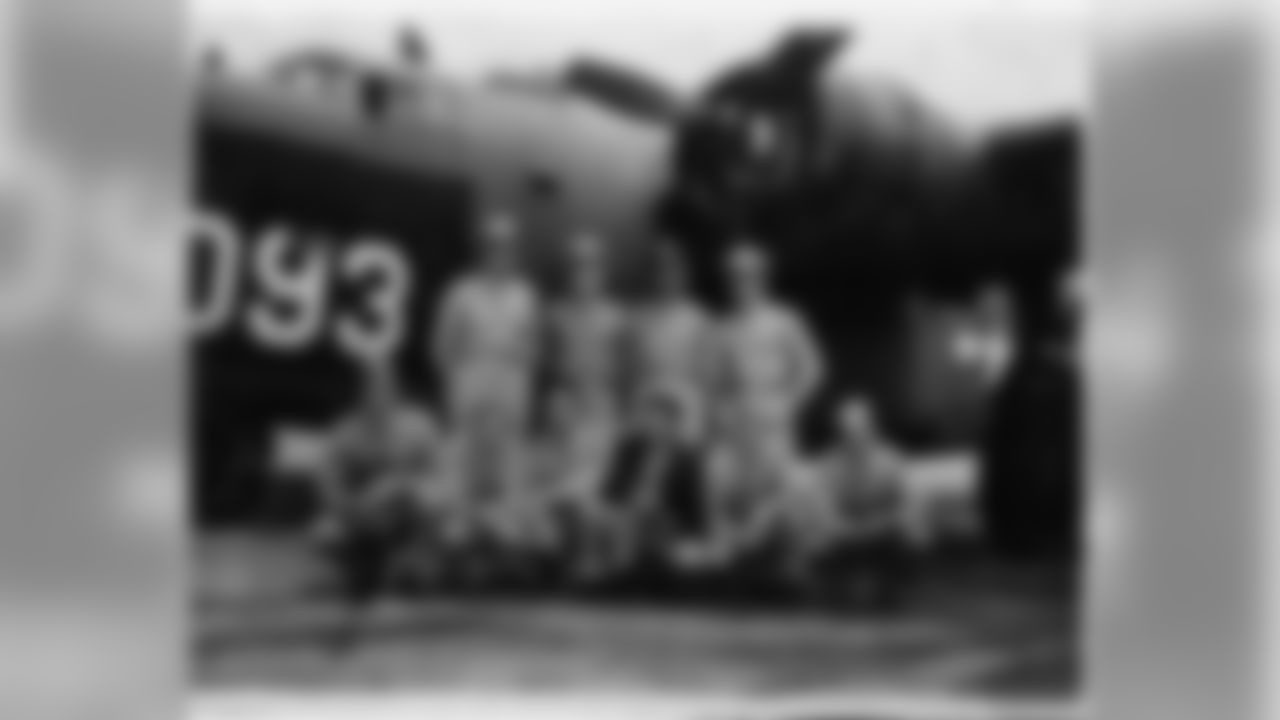
The late Chuck Bednarik (first row, left) served in the Army Air Corps in World War II. As a waist gunner in a B-24 Liberator, Bednarik took part in 30 long-range bombing missions over Germany
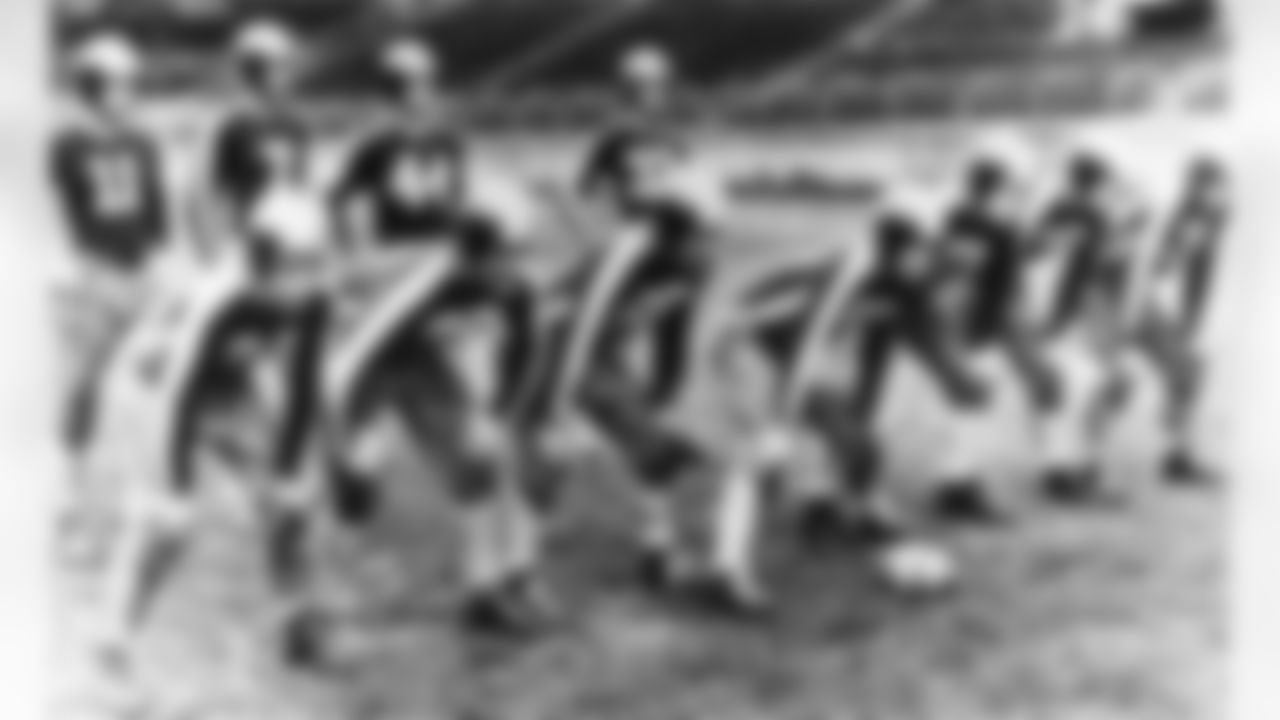
In 1943, the Philadelphia Eagles and the Pittsburgh Steelers merged to form the Steagles due to the manpower shortage
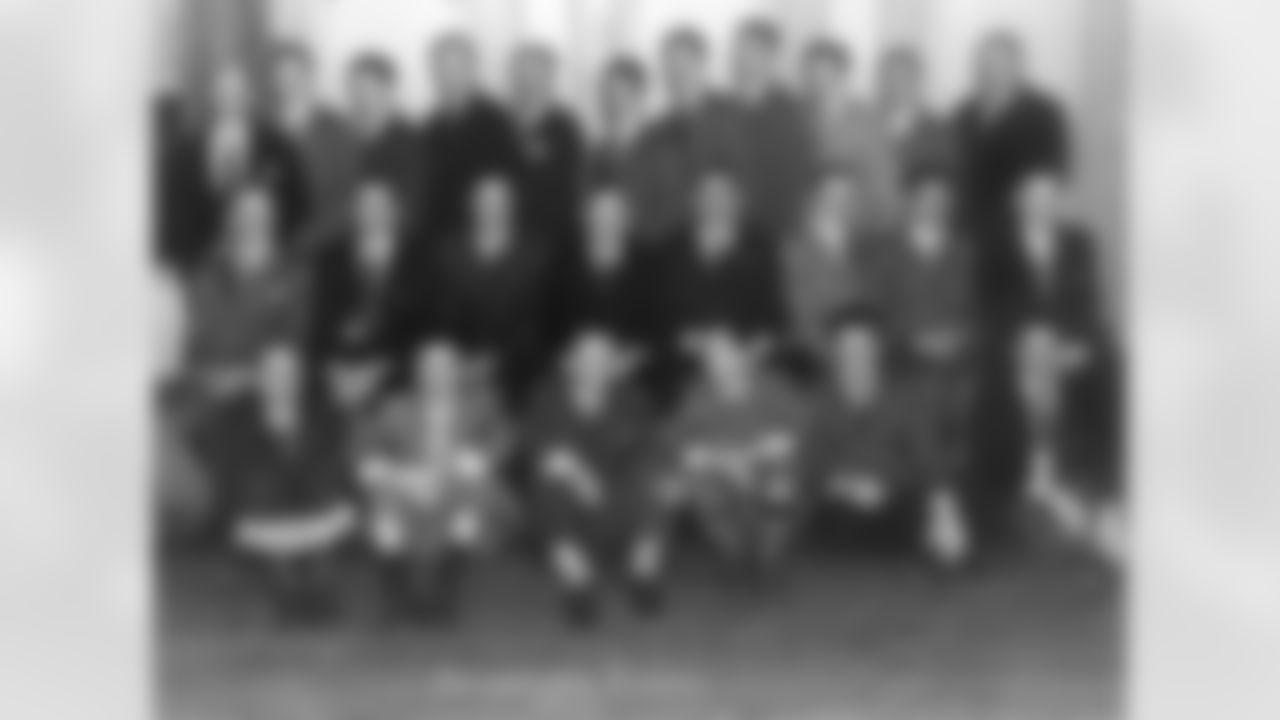
A team photo of the 1943 Steagles
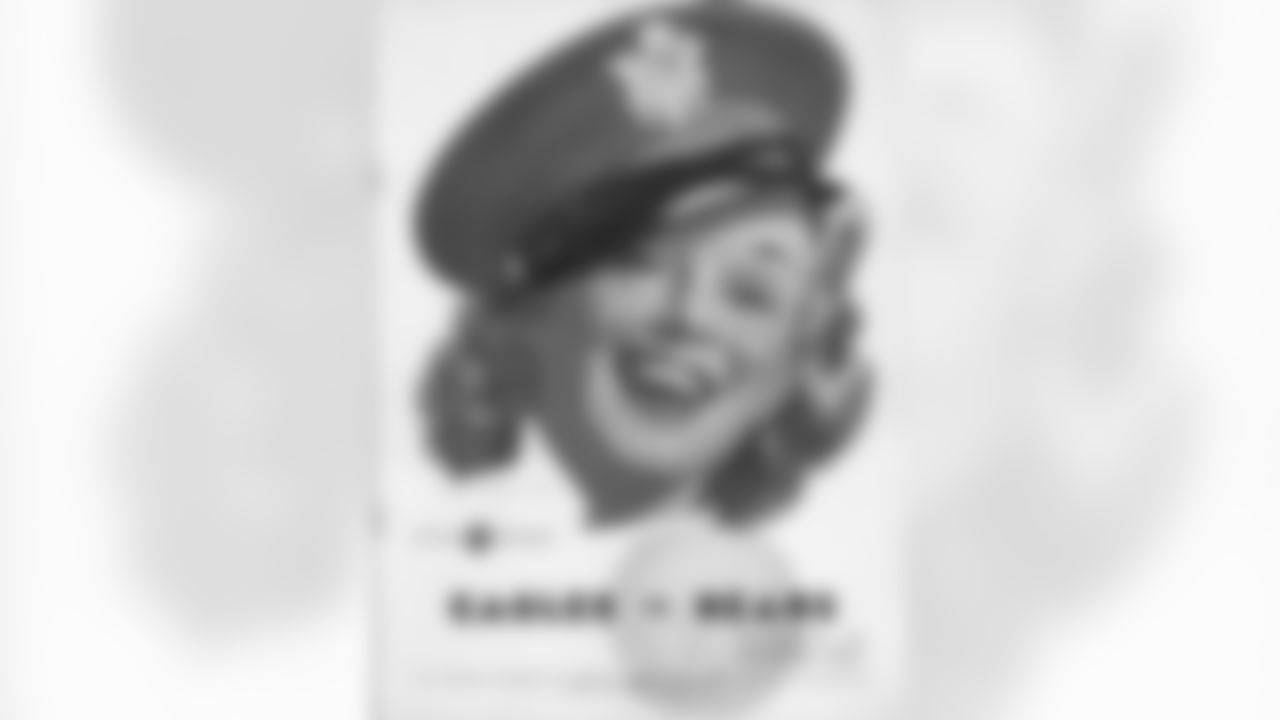
The Gameday Program from the 1944 game between the Eagles and the Chicago Bears

The Gameday Program from the 1943 game between the Eagles and the New York Giants
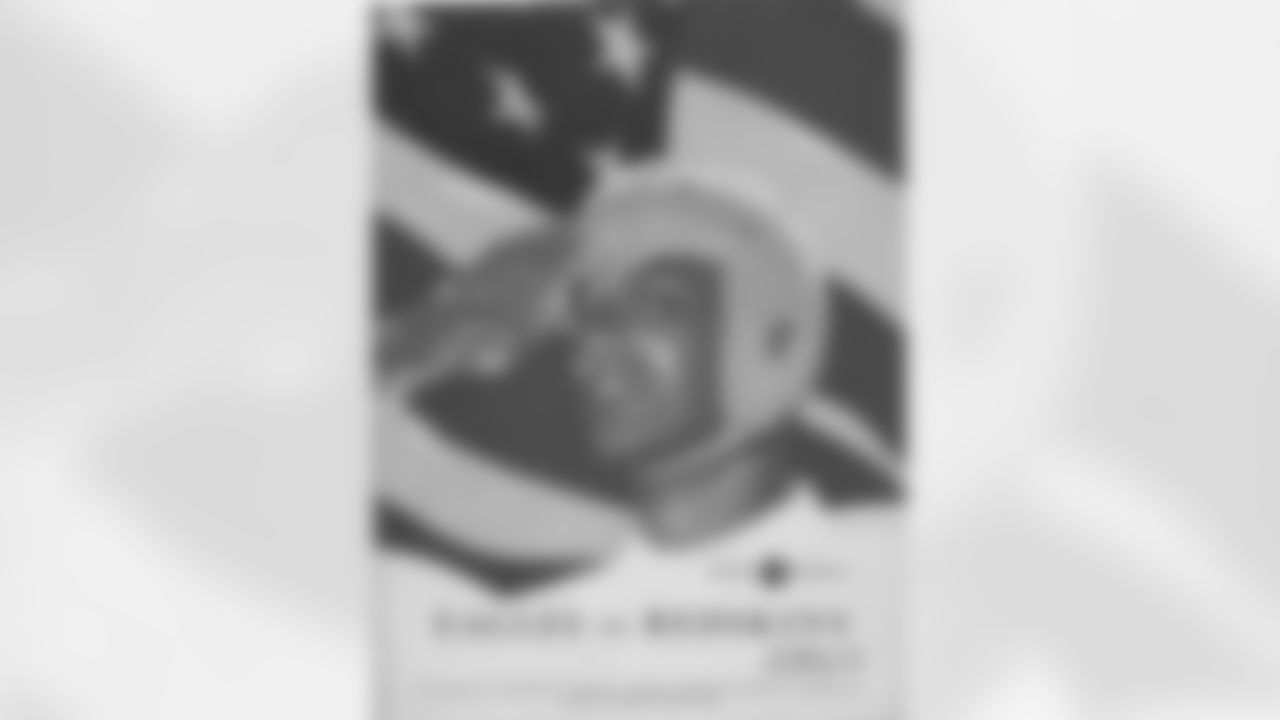
The Gameday Program from the 1944 game between the Eagles and the Washington Redskins

The Gameday Program from the 1944 game between the Eagles and the Steelers-Cardinals
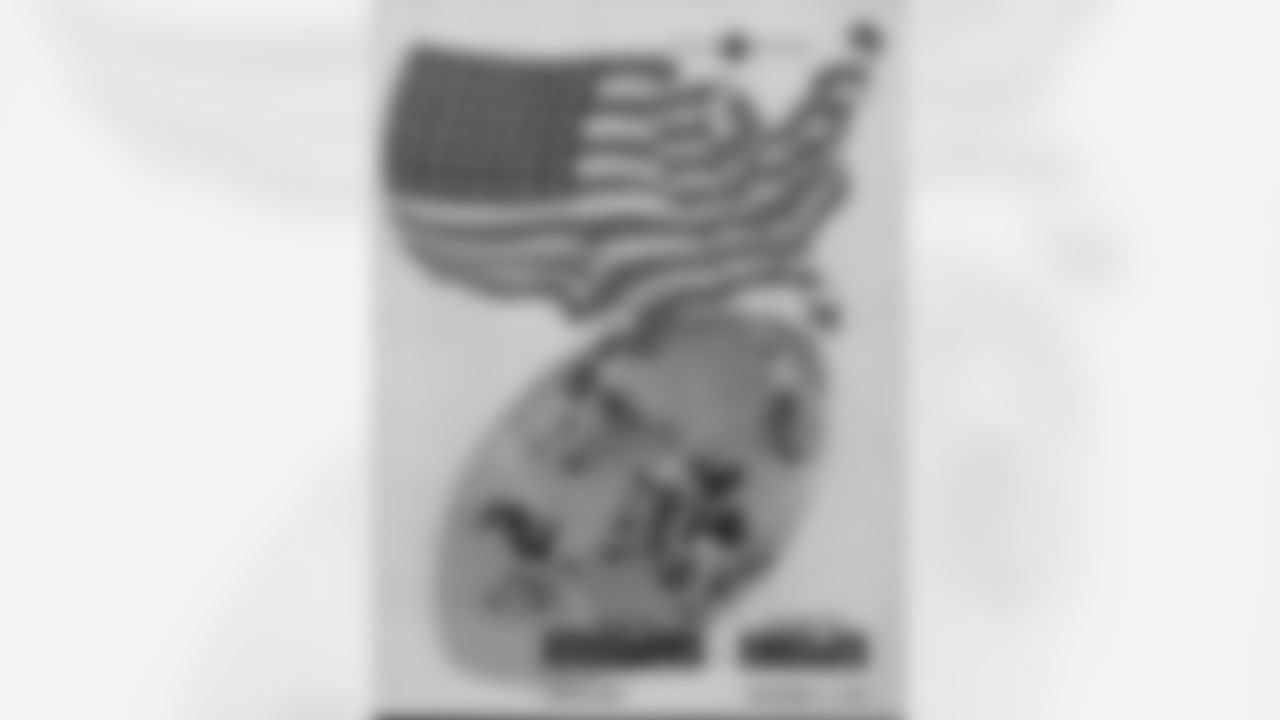
The Gameday Program from the 1945 game between the Eagles and the Pittsburgh Steelers
The Philadelphia Eagles and Pittsburgh Steelers, who meet this week in the third preseason game, share a colorful history, most notably the forced marriage known as the "Steagles."
The year was 1943, America was at war and more than 600 NFL players were wearing military uniforms instead of shoulder pads. The Eagles and Steelers had to merge to survive.
The Eagles had just 16 players and the Steelers had even fewer (six). Both franchises were short on money so the only way they could put a team on the field was to pool their resources. That's what the owners - Lex Thompson of the Eagles and Art Rooney of the Steelers - agreed to do. The league called it "the Phil-Pitt Eagles-Steelers Combine," but that didn't fit too well in a newspaper headline. The Pittsburgh Press shortened it to Steagles and that name stuck.
Like every other team, the Steagles had to cast a wide net to find players. They coaxed a few players out of retirement, including end Bill Hewitt who had last played in 1939. Hewitt was an outstanding player who was later voted into the Pro Football Hall of Fame, but he was well past his prime at 34 years old when he joined the Steagles. Al Wistert, a rookie tackle, could not believe it when he arrived for his first practice and saw Hewitt on the bench smoking a cigarette.
"Bill went to Michigan and so did I," Wistert said. "He was out of school and in the pros by the time I got there, but he was a legend at Michigan. He played most of his career without a helmet. The rules at the time didn't require it and he said he didn't want to wear one, that's how tough he was. So to show up the first day (with the Steagles) and see Bill puffing on a cigarette was a shock."
Wistert was also shocked to find the team practicing on a scruffy field just off City Avenue near St. Joseph's College. It was littered with trash and broken glass. Wistert said the players spent a half hour picking up rocks before each practice and they still didn't get them all.
"But I understood the circumstances," he recalled. "There was a war going on. People were doing the best they could to get by. It was a miracle they kept the league going, really."

In many cases, teams filled out their rosters with players who were rejected for military service for having conditions such as high blood pressure, diabetes, ulcers or perforated eardrums. Some were classified as 4-F for injuries sustained on the football field, mostly bad knees. They could not pass an Army physical, but they were good enough to play in what was a depleted NFL.
The rosters were cut to 25 players and all of them were required to hold a full-time job in a defense plant or some other business related to the war effort. Since they all worked different shifts, it was hard to schedule practices. Mostly, they practiced at night and were lucky if they had half of the players available.
It was a struggle for every team but especially the Steagles who had to split their time between two cities.
The team agreed to wear the Eagles colors (green and white) and they scheduled four home games in Philadelphia and two in Pittsburgh. The bigger problem was the coaching arrangement. The Eagles' head coach Earle "Greasy" Neale and the Steelers' head coach Walt Kiesling didn't get along so when they were forced to function as co-coaches, it was bound to blow up - which it did almost daily on the practice field.
"They were both good coaches, very smart guys, but they were stubborn and wouldn't give an inch," said Jack Hinkle, an Eagles halfback who led the team in rushing with 571 yards that season. "Each guy wanted things done his way. Kiesling would say one thing and Greasy would say, 'No, no, that's not how it's done.' It was actually kind of fun for us (players) to watch them go after each other.
"One day Kiesling accused Greasy of picking on his guys (Steelers). We said, 'No, Greasy talks that way to everybody."
Despite all the obstacles, the Steagles had a successful season. They were 5-3-1 going into the last week of the season. They were in a position where a win over Green Bay in the final game could have put them in a first-place tie in the East. It was quite an achievement for two teams that on their own had accomplished very little. Indeed, the Eagles were trying to complete the first winning season in their history.
On the final week of the regular season, the Steagles faced the Packers at Shibe Park (later renamed Connie Mack Stadium) in Philadelphia. Almost 35,000 fans jammed the ball park, the largest crowd to see an Eagles (or Steagles) game to that point. They left disappointed, however, as the Packers won the game, 38-28, ending any hopes for the Steagles winning the division. Their makeshift, thrown-together team finished the season 5-4-1.

"I think we surprised ourselves," Wistert said. "We had some good players like Bucko Kilroy, Vic Sears, Ernie Steele and Ben Kish who were part of the (Eagles) teams that won the championship in '48 and '49."
"The fans really liked it," said Steelers Chairman Dan Rooney, who was an 11-year-old ballboy for the '43 team. "Attendance picked up over the course of the season. (The Steagles drew just 11,000 for their first game in Philadelphia, but they drew three times that number for the finale). People were looking for things to do and it worked out pretty well."
In his book The Last Team Standing, Matthew Algeo wrote about the farewell banquet the team held after the last game. It was the last time many of the Steagles would play together. It was also the last time Neale and Kiesling would coach together which was probably a good thing.
In 1944, the Eagles went their own way and with the drafting of halfback Steve Van Buren, they began their climb to the NFL Championship. The Steelers merged with the Chicago Cardinals. It proved to be a less successful partnership. The Card-Pitts finished the season 0-10.
"Compared to that team," Wistert said, "the Steagles were a powerhouse."















